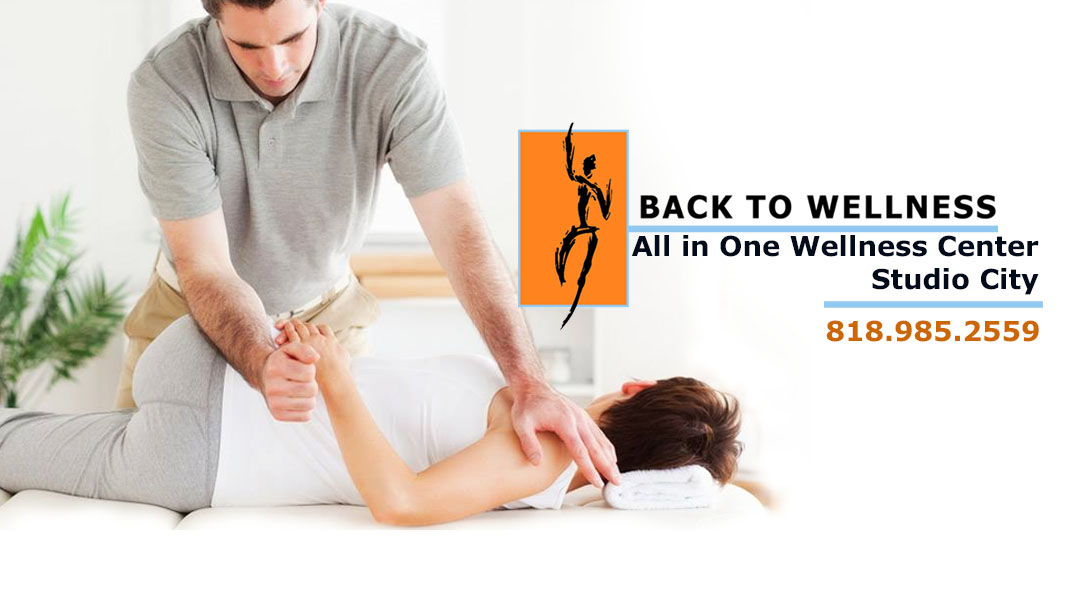


Your legs should be straight with your weight taken by your toes. Get in a plank position with your upper body off the ground and supported by your elbows and forearms.To do the plank test, you’ll need an exercise mat and a stopwatch or a timer on your phone. Maintaining strength and endurance in these muscles helps you with movements that require bending, twisting, reaching, and pulling. The core muscles, which include those of the abdominals, hips, and lower back, play a critical role in daily activities. Muscles tested: rectus abdominis, obliques, hip flexors, erector spinae, and transverse abdominis This will be a more achievable pushup position. Without moving anything, drop your knees to the floor and perform the pushup test this way. If you can’t achieve one pushup on your toes, Bell says to start in the same high plank position with your back flat and a straight line from the top of your head to your toes. Record the number of pushups properly performed.Alternatively, perform as many as you can in 60 seconds.

Repeat this as many times as possible until your form is compromised.Make sure to straighten your arms all the way when you push back up to the high plank position. Practice one pushup by bending your elbows and touching your chest to the ball underneath you.Get in a high plank position with a ball under your chest.To do the pushup test, you’ll need a stopwatch or a timer on your phone, and a ball, like a tennis ball. The pushup test is one of the best ways to assess upper-body endurance, explains Bell, especially in the muscles of the chest and shoulders. Muscles tested: pecs, deltoids, serratus anterior, triceps, abs This will help ensure you are squatting low enough, which is approximately 90 degrees. To help with the execution of this movement, Baston says to place a chair behind you and slightly touch the chair with your butt before standing. Perform as many reps as you can to fatigue and loss of proper form.Once your knees reach approximately 90 degrees, return to the standing position. Bend your knees and sink your hips down and back, shifting your weight into your heels.Gaze should be ahead, but slightly down to keep the spine neutral. Extend your arms in front of you or place your hands behind your ears to ensure stability and good form. Stand with your feet shoulder-width apart.And the best part, you don’t need any equipment. “The squat muscular endurance test measures muscular endurance of the lower body, specifically hips, quadriceps, hamstrings, lower back, and many smaller supporting muscles,” explains Jacquelyn Baston, LMT, CSCS, NSCA-CPT, CYT. Muscles tested: lower back, hamstrings, hips, and quadriceps


 0 kommentar(er)
0 kommentar(er)
